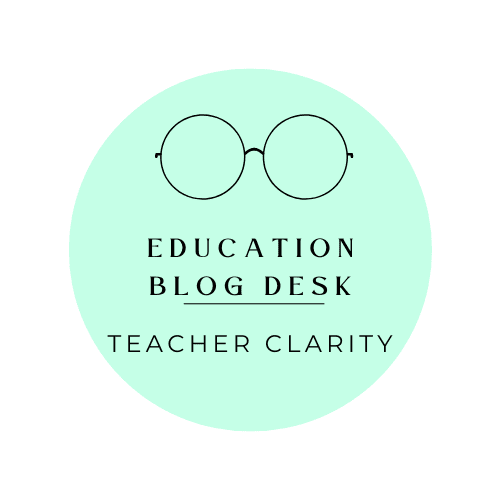Building students ownership of learning
Building students’ ownership of learning means teachers and students both have equal responsibility to work together to empower students with knowledge and self-assurance to surpass their targets. This mutual commitment is emphasized in the title of the book “Partenering with Students” to Build Ownership of Learning.

Student ownership in learning isn’t just an educational buzzword—it’s a transformative approach that fundamentally changes how students engage with their education. When students take ownership of their learning, they transition from passive recipients of information to active architects of their educational journey.
Goal Setting and Self-Assessment
Research shows that students who set their own learning goals and regularly assess their progress are more likely to develop intrinsic motivation. By involving students in creating rubrics and success criteria, we empower them to understand what excellence looks like and how to achieve it.
Choice and Voice in Learning
Providing students with meaningful choices in their learning pathways—whether through project options, assessment methods, or learning resources—increases engagement and personal investment. When students have a voice in their learning process, they develop stronger metacognitive skills and a deeper sense of responsibility.
Reflection and Growth Mindset
Regular reflection opportunities, combined with a growth mindset approach, help students understand their learning process and take responsibility for their progress. Learning journals, peer feedback sessions, and student-led conferences are powerful tools for developing these skills.
Practical Applications
Successful implementation of student ownership strategies requires a gradual release of responsibility. Teachers should start with structured choices and clear frameworks, then progressively increase student autonomy as learners develop their self-regulation skills.
Conclusion
Building student ownership is a journey that requires patience, consistency, and trust. When we create environments where students feel empowered to take charge of their learning, we’re not just improving academic outcomes—we’re developing lifelong learners who are prepared to navigate their future with confidence and purpose.
